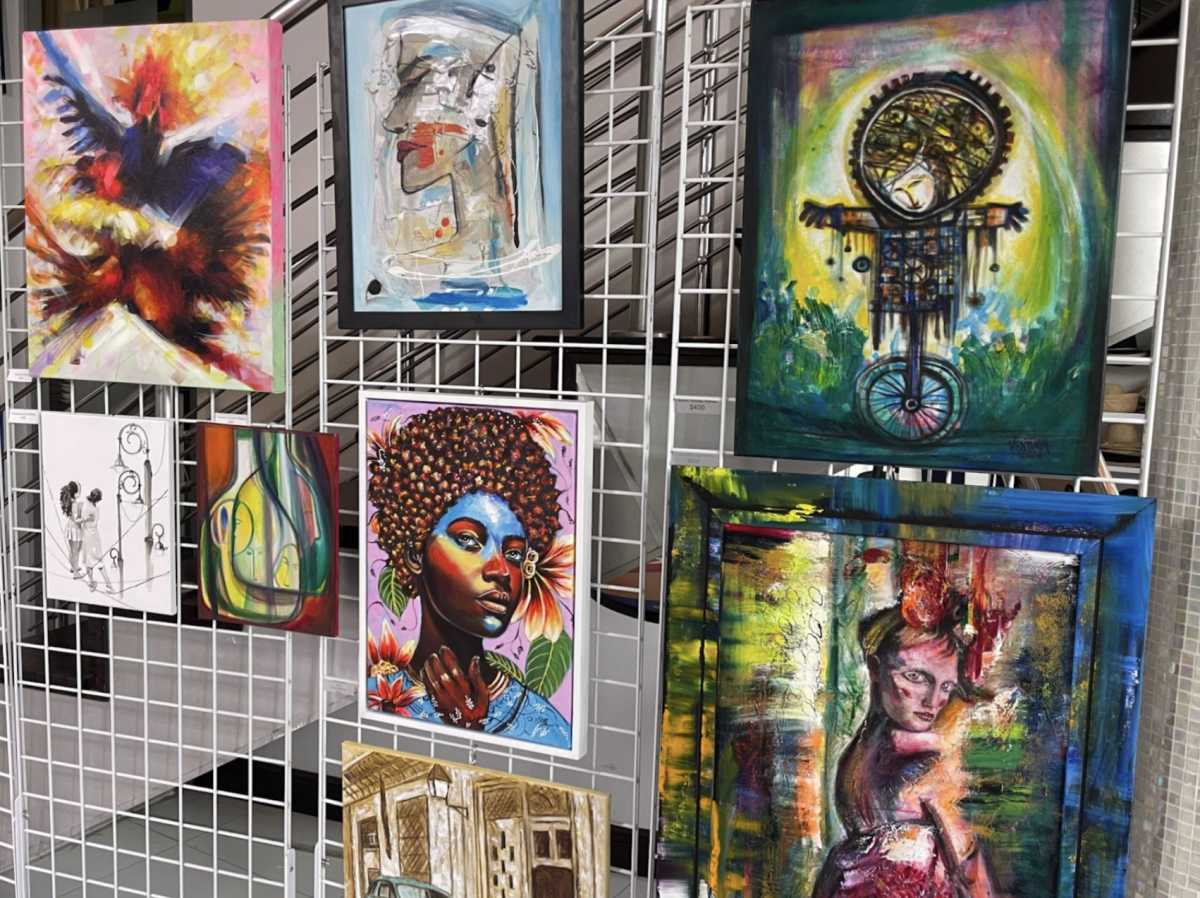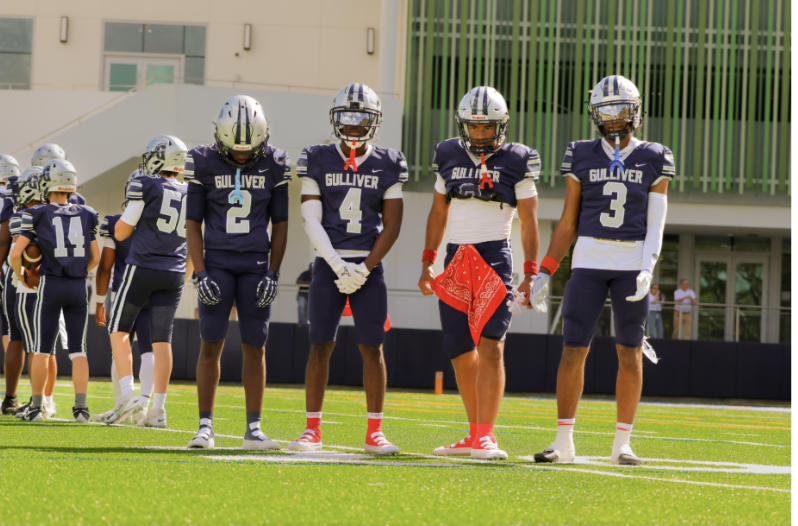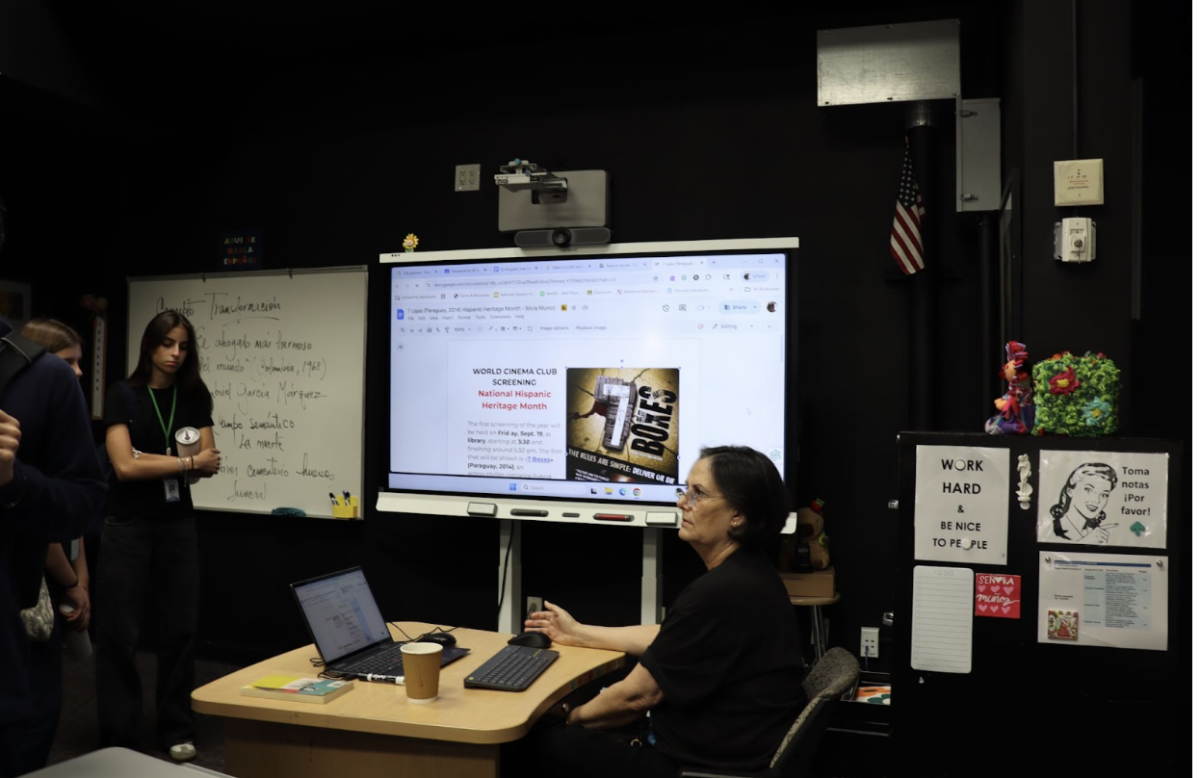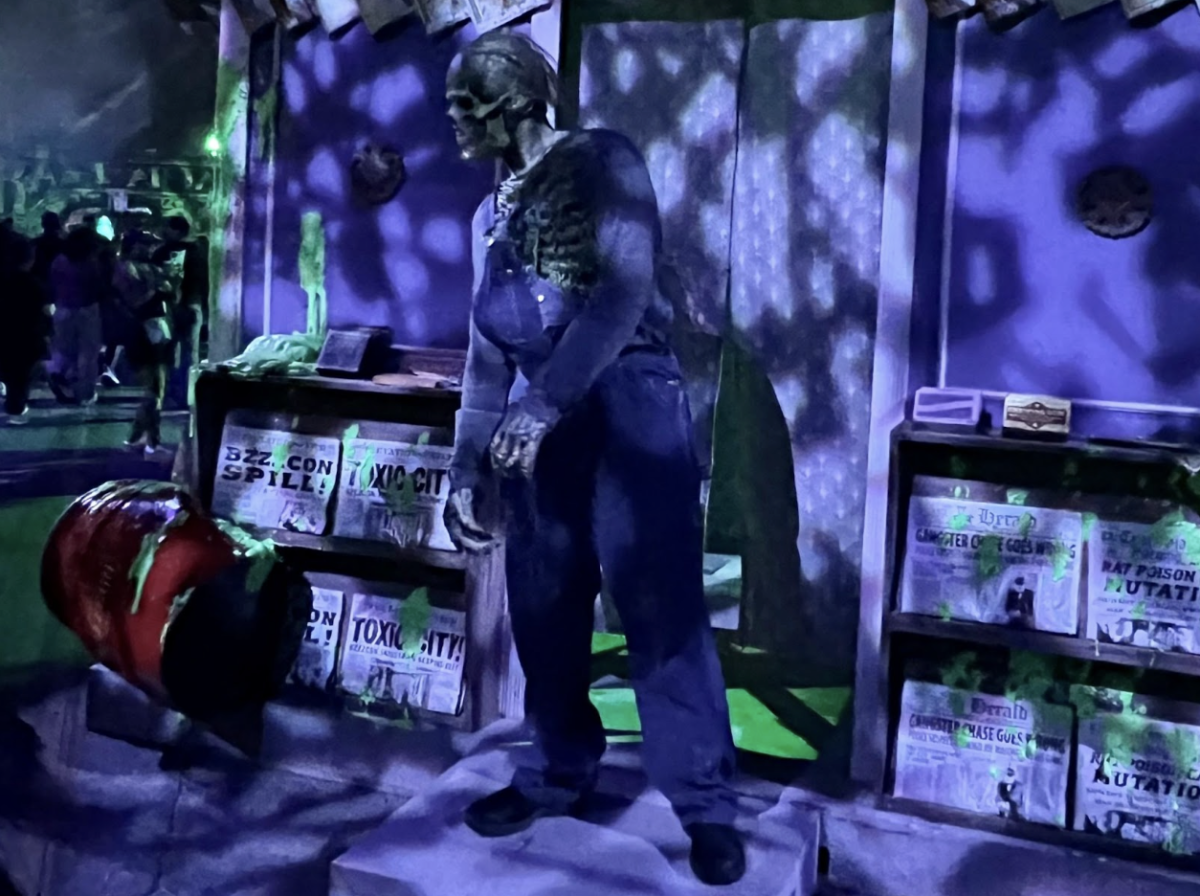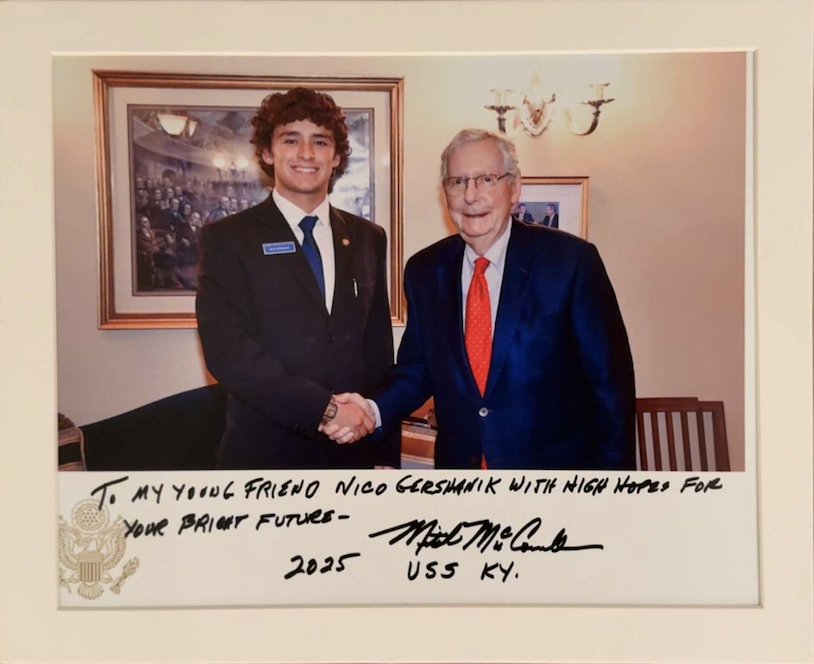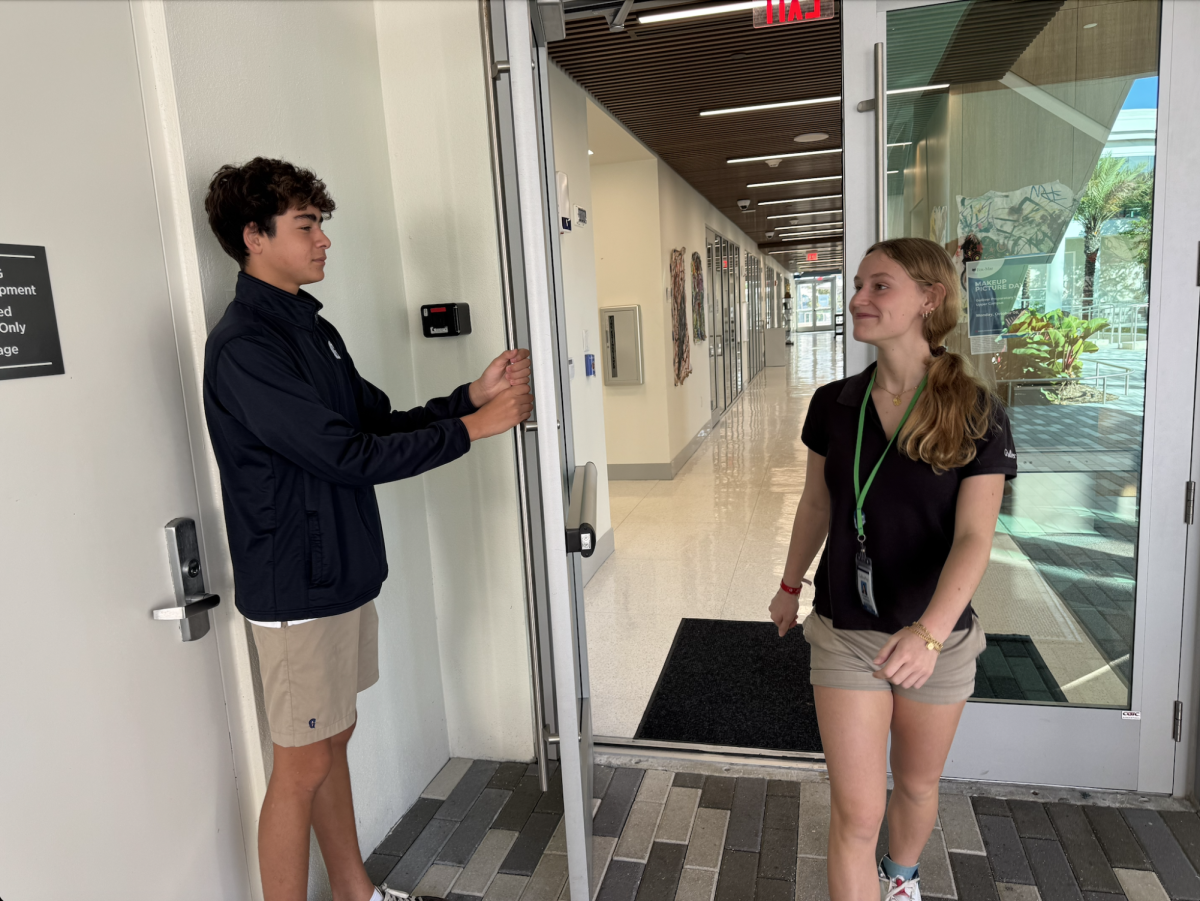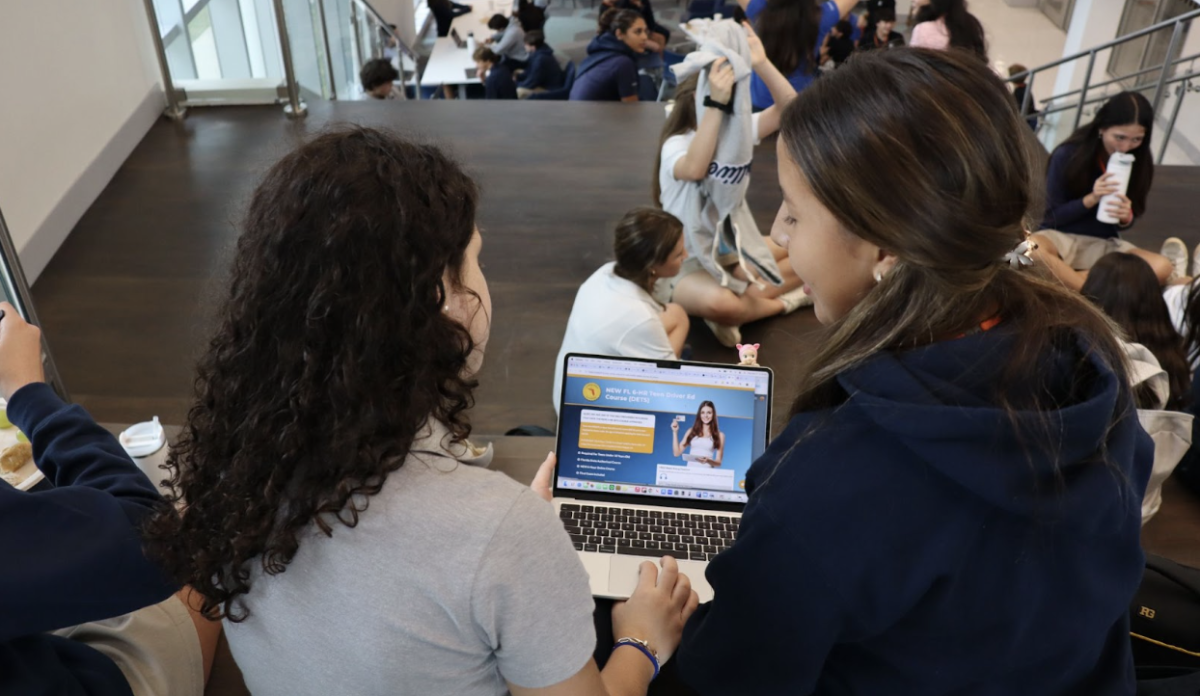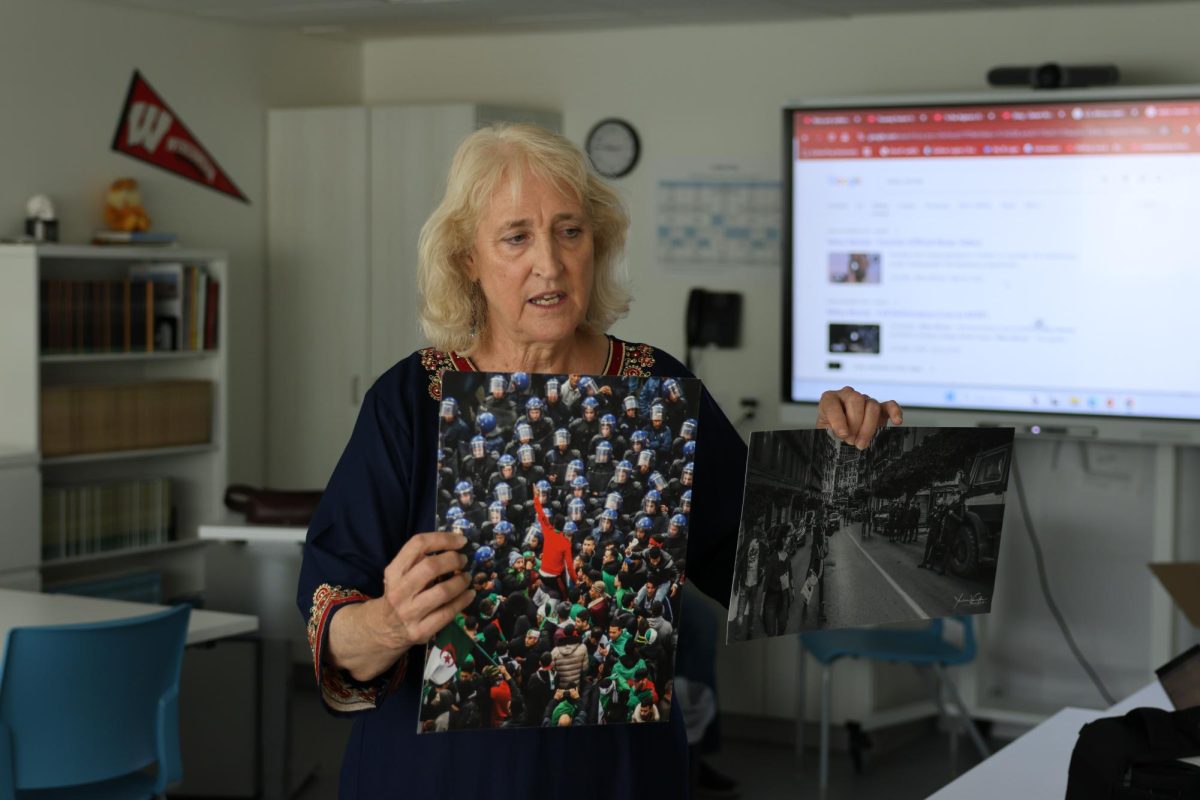
Junior, Dylan Brown works on his article after collecting his data. After everyone gathered their results, they made articles to show their data findings. Brown’s received the highest rating after the class’s assessment of each article.
(Tommy Thornton)
In the world of print media, diverse representation is a topic considered by many publishers. Ms. Ariana TeruelŌĆÖs Data Science class dove into this very topic through a recent class project.┬Ā
ŌĆ£My students collected data by depicting skin tones in different online magazines. Throughout this data collection process, they discovered a certain bias. They saw that collecting data is not very straightforward, and decisions needed to be made based on how they collect the data and be consistent throughout the whole collection process,ŌĆØ Ms. Teruel said.
Students reviewed a variety of magazines, noting how skin tones were represented through photos, using four categories. This was a process that proved to be difficult.┬Ā
ŌĆ£I think it was hard to categorize because the people shown in the article are different colors and the lighting can affect them,ŌĆØ junior Eric Meiser said. ŌĆ£We agreed to [focus on] the face of the personŌĆ”and also agreed to count animated pictures because the magazine still portrayed [skin] color, even though the person in the magazine was cartoon-like.ŌĆØ
┬Ā┬ĀOnce students collected the data, they created cluster plots and bar graphs to provide a visual representation of their results.┬Ā┬Ā
“Working with cluster plots was fun and I noticed it tells a clear story. I’m happy that I got to use the cluster plots and bar graphs because they are a unique way for people to look at data,” junior Roberto Mu├▒oz said.┬Ā
Examining how magazines and advertisements depicted different skin tones was a significant step forward for the data science class, by allowing students to develop critical data analysis skills while gaining a deeper understanding of the importance of diversity and equity in research.
ŌĆ£I learned a lot from this project. From categorizing different skin tones to making different graphs, this whole experience made me one step closer to becoming a data scientist,ŌĆØ junior Benjamin Pasquier said.┬Ā┬Ā
After the investigation process, students wrote articles detailing their analysis and expressing their findings on how skin tone was represented across the media.┬Ā
ŌĆ£Each personŌĆÖs article was different, but I made sure to speak on what I personally saw when collecting data. I saw that there are many outcomes that different companies use to represent different skin tones whether itŌĆÖs through demographics or preference,ŌĆØ junior Dylan Brown said.
As an additional incentive, Ms. Teruel offered an opportunity for students to vote on one article to be submitted for publication. BrownŌĆÖs article ŌĆ£Is the Media Prejudiced? An Analysis of Skin Tone Representation within the MediaŌĆØ won the class vote, due to its thorough analysis.

